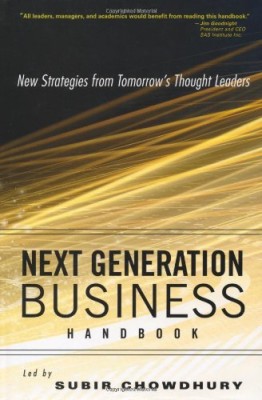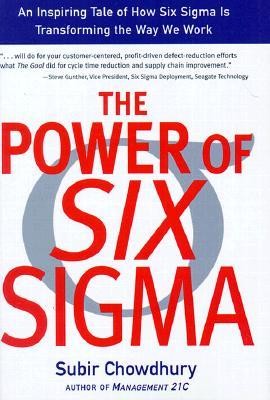What will you do to get everyone in your organization to achieve an unprecedented level of quality – every day?
Quality & Process
When ‘quality’ ceases to be just lip service from one employee to another – it becomes a process for continuous improvement toward perfection.
I used to open our management meetings with a simple question: “Which makes more sense: invest time and energy to avoid problems or to solve them as they occur?”
It’s not intended to be a trick question, but I’m surprised by how it causes so many executives and managers to squirm uncomfortably as they try to figure out how they should answer. Of course, we want to do all that we can to avoid problems. Who wants to be a fireman? Who wants to spend their day jumping from one crisis to another with barely enough time to do productive work? But I can easily understand their discomfort: that’s exactly what their day-to-day is like. In effect, they can’t avoid problems – they only solve them.
A shocking number of organizations make the mistake of believing they have achieved excellence when – in reality – their operations rely heavily on heroic efforts for day-to-day rescues. Eventually a situation will arise where even heroic efforts will fail.
Which is a great opportunity to bring up another kind of hero: people who really “get it” when it comes to the quality mindset. These are the truly excellent people who appreciate day-to-day quality in everything that they do. They are honest about their work, they possess an ethical attitude about what must be done, they meet challenges with steady resistance to compromise on quality, and are ready at a moment’s notice to spring into action.
When leaders walk the talk of Quality… the organization moves as a cohesive social group that is better equipped to solve immediate problems as well as long term ones. They may even prevent “unforeseen” problems from ever cropping up.
The people who fit this description are like the hotel manager who drove two hours in her own car, on her own time, to return a credit card to a Japanese guest boarding a flight to Europe. There was also the hydraulics engineer who volunteered to parachute into a wilderness area to fix one his company’s new water pumps. I recall the shipping clerk who shouldered past jokes and ridicule from fellow employees as he carefully packaged every order as crisply and neatly as possible. Imagine what could be accomplished if everyone were like this?
These are the heroes of quality. They are not ‘firemen’ who rush to extinguish fires. They are the fearless fire preventers who jump into the arena to answer the call to stop the fires from starting in the first place. They shake off the intimidation of circumstances and situations, roll up their sleeves, and get to work. Often, their efforts draw scant praise, if they are noticed at all. Nevertheless, we need these “heroes” in all aspects of our organization to help us drive operational excellence. But even heroes need inspiration.
Many problems with quality can be addressed by implementing a robust quality management program, but that’s not enough. To change organizational processes and drive substantial and sustainable increase in quality, you must also tap into people power.
Organizations that have successfully ignited people power share one important characteristic. They have leaders who walk the talk of quality – at every moment, every encounter, and every level of the organization.
When every executive, manager and supervisor walks the talk of quality, they can set off an acculturation process that will sweep through the entire organization. This is how you seed a culture of quality; this is how you inspire heroes of quality. By walking the talk, you encourage communication, interaction, and implementation, as defined in detail by the LEO methodology: Listen, Enrich, and Optimize.
LEO calls on us to make a sincere effort to improve communication with our customers, suppliers, co-workers and even competitors. When we really listen, enrich and optimize, we pull our noses out of the spreadsheets and reports, and begin asking questions like “why” and “how” so that we gain better clarity about what is going on NOW.
“Walking the talk of quality” means opening up to meaningful interaction so that every encounter enriches the organizational culture. We open up to lessons on how we can improve, where we may improve and when. When we open up, we encourage everyone to do the same, which in turn increases the likelihood that the rank and file will do more to prevent problems from occurring in the first place.
Equipped with better communication and interaction, we are prepared to implement a renewed awareness throughout the organization. Not only are we putting out fires, we are preventing them from happening. We are optimizing our relationships from both the inside and outside of the organization. When every member of the organization – from top to bottom – adopts LEO, THEY become the trigger-point for high-level communication skills are found among the best organizations.
When leaders of the organization walk the talk of Quality, they become the example for everybody to follow. The organization moves as a cohesive social group that is better equipped to solve immediate and long-term problems. They may even prevent many “unforeseen” problems from ever cropping up. When this level of communication is achieved, then it doesn’t matter how many problems you have or where they appear because now you will always have enough fire preventers who are ready to take action.



















